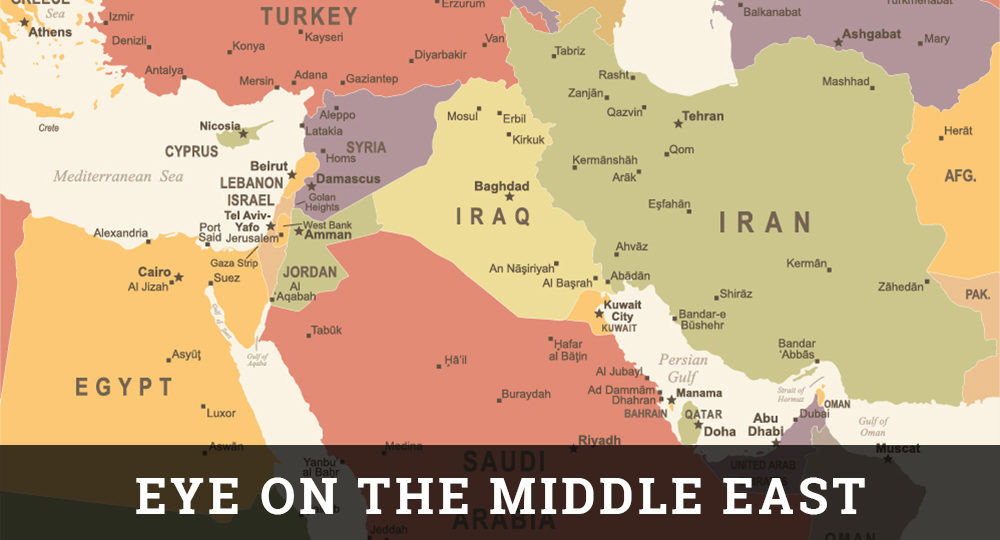Iranian Threat Grows
As the war in Syria enters its end-game, Iran is closer than ever to achieving its long-term, strategic objective of establishing a land corridor for direct and unimpeded access to the Mediterranean Sea.
The so-called Shiite Corridor—which would run from Iran through Iraq and Syria to Lebanon—would give Tehran what it has coveted since the 1979 Islamic Revolution: a contiguous border with Israel from which to target the Jewish state.
In its quest for regional dominance, Iran has deftly exploited the Islamic State’s recent military setbacks. The Islamic State (ISIS) has lost more than two-thirds of the territory it seized from Iraq and Syria in 2014, when the “caliphate” reached the apex of its power and influence.
As ISIS has retreated, Tehran has aggressively moved to fill the ensuing power vacuum by consolidating control over vast swathes of territory in the Levant (the area encompassing Jordan, Israel, Lebanon, Syria, and Iraq). It recently deployed the Revolutionary Guard, Iran’s most powerful security and military organization, as well as Shiite militias—including Hezbollah, a jihadist group committed to destroying Israel—near Syria’s southern borders with Israel and Jordan.
Iran has also projected power by launching missiles into Syria. Although the strikes were aimed at ISIS to retaliate for terrorist attacks in Iran in June, the Iranian military said they were also meant to send a warning to Israel.
Meanwhile, the decline of ISIS has strengthened the once-teetering regime of Syrian President Bashar al-Assad, who is being kept in power by Iran and Russia. Some observers worry that a newly emboldened Assad, with help from Tehran, may try to retake the strategic Golan Heights that Israel captured during the Six-Day War in June 1967.
In addition to its growing influence in Syria and Iraq, Iran is actively working to infiltrate and destabilize Jordan, as evidenced by the recent arrest there of an Iranian operative. If Iran were to gain a foothold in Jordan, it would have yet another border from which to target Israel. Amid the growing uncertainty, Israel and Jordan have increased intelligence cooperation. Israel has supplied satellite photos of Iranian military activities along Jordan’s borders with Iraq and Syria.
Israel has also stepped up air strikes aimed at destroying Iranian weapons shipments to Hezbollah in Syria and Lebanon. Hezbollah’s leader, Hassan Nasrallah, has responded by threatening to strike the Dimona nuclear reactor in southern Israel. Hezbollah is believed to have more than 100,000 rockets and missiles aimed at Israel, including sophisticated long-range rockets. Israeli analysts have warned that Israel should react to any aggression from Hezbollah by striking infrastructure inside Iran.
In 2004, Jordan’s King Abdullah warned that Iran was attempting to create a “Shiite crescent” stretching from the Persian Gulf to Lebanon to expand Tehran’s influence in the heart of the Sunni-Arab world. This prediction, largely dismissed at the time, is now becoming a reality.
“The threat of Iranian dominance in the region is immediate,” the director general of the Israeli Intelligence Ministry, Chagai Tzuriel, recently told The Jerusalem Post. “Iran’s strengthening in Syria is an issue that must be addressed right now….Having Iran on the Iraq-Syria border is a new chapter….If Iran and Hezbollah manage to base themselves in Syria, it would be a permanent source of instability in the entire region.”








